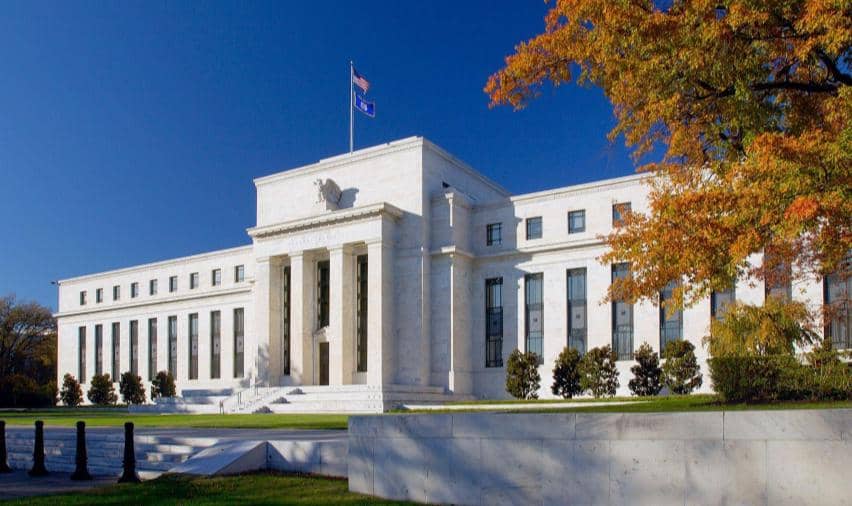ECB: Approaching Cruising Altitude

31 JUL, 2023
By PIMCO

By Konstantin Veit, portfolio manager at PIMCO.
While the European Central Bank (ECB) signalled it might increase its deposit rate further after July’s quarter-point hike, the focus is gradually transitioning away from the precise level of peak interest rates and towards how long they will stay at that peak. We believe the risks remain skewed towards later policy rate cuts than futures markets are now pricing.
Uncertainty around the inflation trajectory remains elevated, complicating the ECB’s decisions. While economic momentum in the euro area has weakened materially, pointing towards stagnation at midyear, labour markets remain strong and inflation is likely to remain sticky. The June inflation data (Harmonised Index of Consumer Prices, or HICP) showed headline inflation falling to 5.5% year-over-year (y/y), while core inflation rose to 5.5% y/y.
The U.S. experience of resilient growth and persistent inflation outpacing expectations suggests that eurozone core inflation could decline more slowly than originally envisaged. Upside risks arise primarily from still-strong domestic and wage-intensive components of inflation. For inflation to return to the ECB’s 2% target, a weakening in the labour market and the overall economy is likely needed.
Investment implications: While we do not have strong views on European duration at current valuations, we continue to believe European interest rate swaps should outperform core government bonds over time. Asset purchase programme (APP) reinvestments have stopped, and the ECB might revisit pandemic emergency purchase programme (PEPP) reinvestments this year. Amidst elevated issuance needs, this weakens the relative technical picture for government bonds, in our view.
Interest rates: Labour market strength suggests upside risks despite weaker growth momentum
Contrary to previous monetary policy meetings, the ECB did not communicate its intention regarding policy rates for the upcoming meeting in September, though officials made clear that the decision will be between hiking rates again and pausing. The emphasis remains on a data-dependent approach, and by September, new data and projections should allow the ECB to comprehensively update its assessment of the inflation outlook and the strength of the monetary transmission.
The market is pricing (as of this writing) around 20 basis points of cumulative ECB hikes over the following meetings, and rate cuts starting 1Q next year. While we believe the terminal rate currently priced into futures markets looks reasonable, we remain sceptical that the ECB will deliver rate cuts so early, given persistent inflation.
Since the last macroeconomic projections were published at the June monetary policy meeting, economic activity data have come in generally below the ECB’s expectations. Recent euro area Purchasing Managers Index (PMI) data point to a significant loss of momentum, suggesting economic stagnation around midyear. As a result, the ECB will likely lower the expected growth trajectory in its upcoming September projections.
Contrary to recent growth dynamics, inflation has been developing in line with the ECB’s expectations and could remain too high for too long. Wage dynamics have strengthened considerably on the back of robust labour markets and employees aiming to recoup some of the purchasing power lost to high inflation. In June, the ECB projected annualized wage growth would fall from 5.3% y/y in 2023 to 3.9% in 2025 – still well above the region’s long-run average of 2.1%. The euro area unemployment rate sits at a record low of 6.5%, and the ECB expects it to decline further.
The balance sheet: No changes in July, but more to come
The ECB maintained its reinvestment guidance at the July meeting. It discontinued reinvestments under the regular asset purchase programme (APP) this month and intends to reinvest pandemic emergency purchase programme (PEPP) maturities until at least the end of 2024.
While we envision the ECB aiming for an earlier cutback in PEPP reinvestments, potentially as early as this year, we expect more progress on the reduction of the APP portfolio and greater visibility on the terminal policy rate will be necessary conditions to depart from the current PEPP reinvestment guidance.
For both the APP and the PEPP, we do not anticipate the ECB to rule out selling bond holdings but envision a gradual and orderly passive reduction of reinvestments. Over the longer run, ECB reinvestment policy will likely also be influenced by a new operational framework for steering short-term interest rates, including the size of a structural bond portfolio.
While the ECB’s decision to remunerate bank minimum reserves at 0% was somewhat unexpected, we do not believe it has major implications for the conduct of monetary policy, or monetary policy transmission more broadly. The ECB stressed that the decision does not prejudge the outcome of the ongoing review of the operational framework either.


